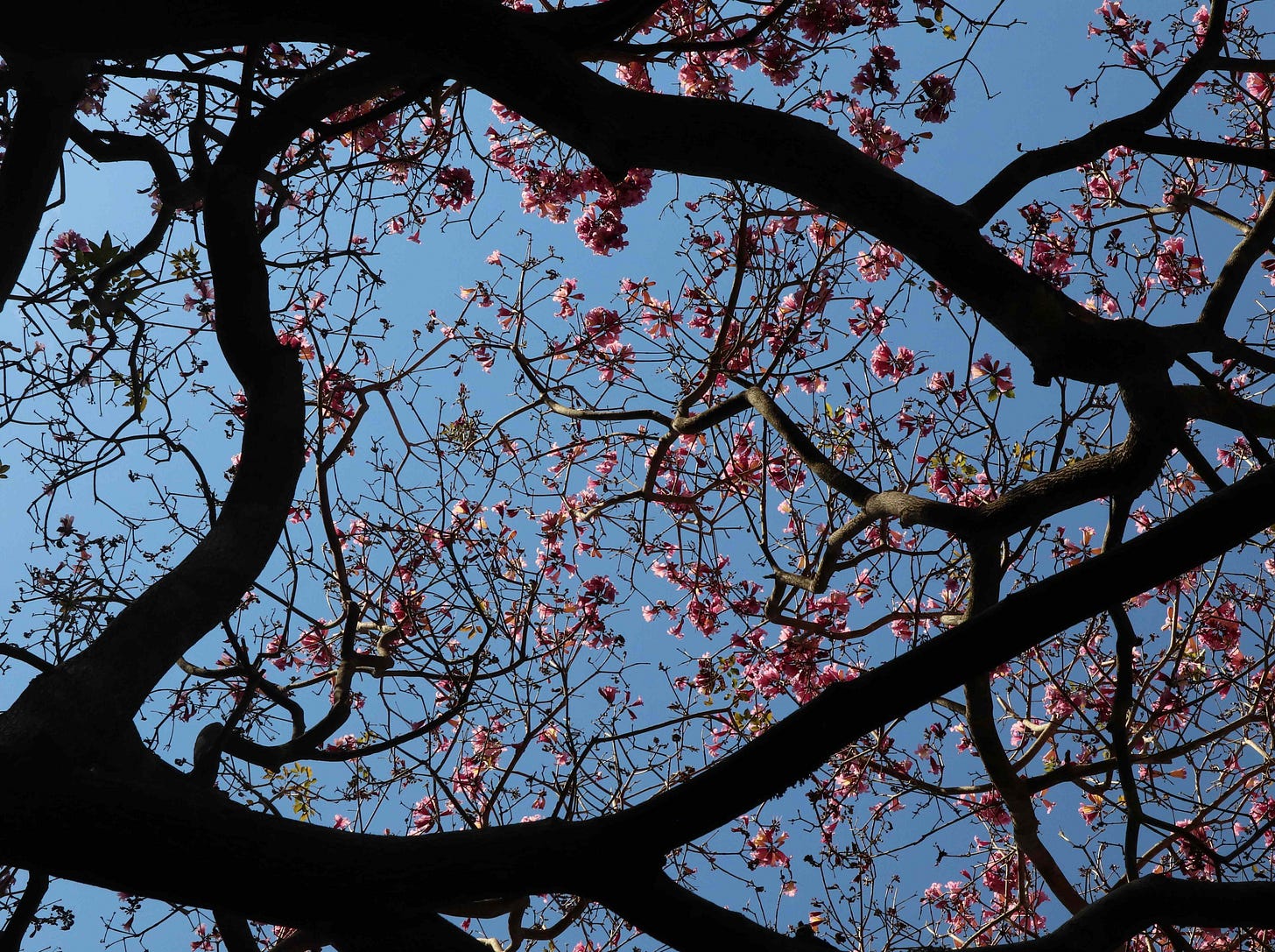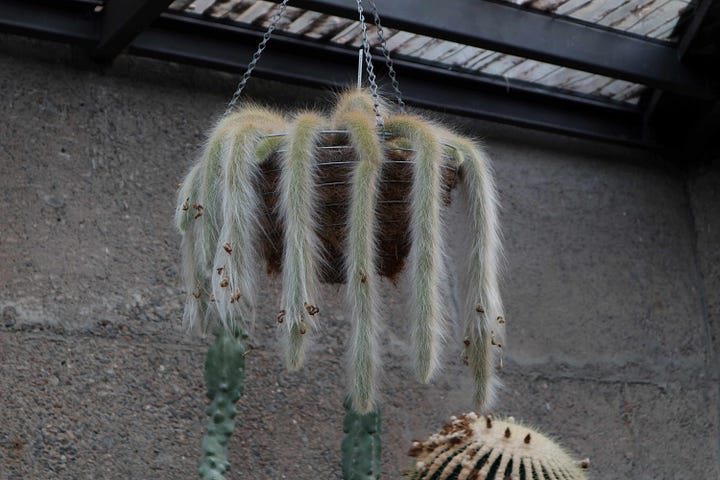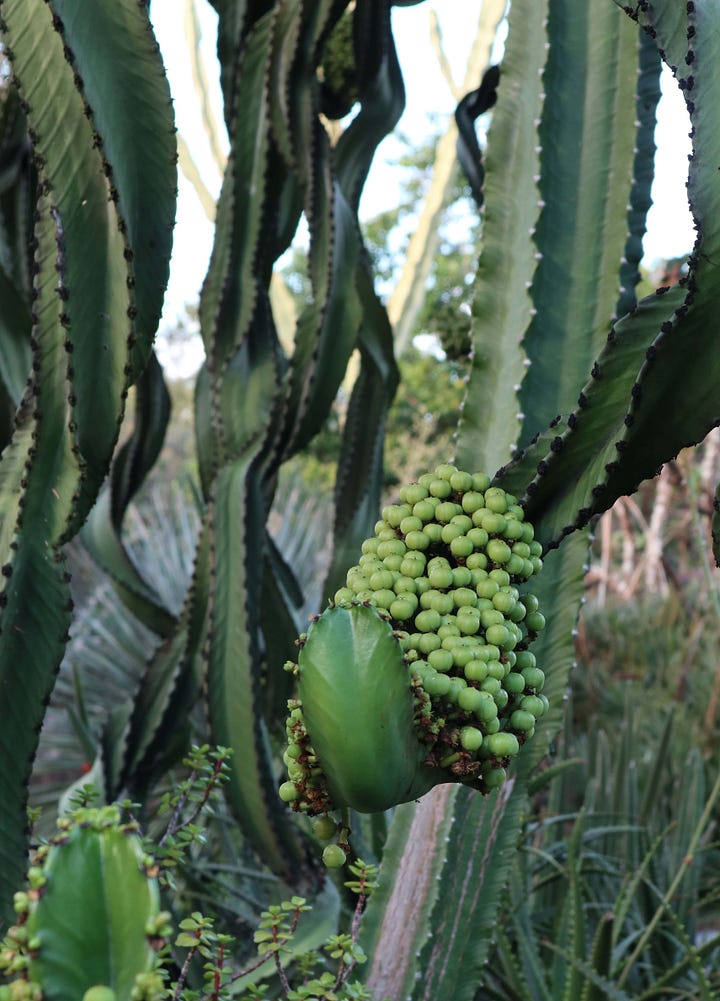It started out as a simple idea. Since I was going to stay with my cousin on the Gold Coast, I decided to take a few sweets for her children. I thought it might be nice to take something a little more interesting than what I could find at the supermarket, so I did a quick online search for a sweet shop I’d be passing on my way. I picked the most convenient one and set the GPS to give me directions.
I ended up driving in apparent circles, as the GPS directed me through a series of one-way streets and multi-lane roads where right turns weren’t possible. Eventually, I found myself in a semi-industrial area where I could get a car fixed, buy safety equipment, rent a campervan, play indoor golf or organise a courier. I began to suspect that the GPS had misled me, but then I saw a sign with the name of the sweet shop. I followed a driveway to the back of some warehouses and realised I had indeed found the right place. I saw a dozen excited children dragging their parents into the shop.
When I stepped inside, I understood their excitement. This was no ordinary sweet shop. It seemed to go on forever, with shelf after shelf containing every kind of sugary confection, from raspberry-dusted, dark chocolate-coated macadamias (delicious, I can confirm) to possum poo and pig fart bubblegum. It didn’t take me long to pick up a selection which might appeal to a 7 and a 9 year old (although I excluded the most obnoxious choices). But I could see that this was the kind of place where a child could spend hours, not knowing where to look next, mesmerised by the unwholesome cornucopia of empty calories.
I understood exactly how those children felt, because when I visit Australia, I’m like a kid in a candy store. Everywhere I look, I see amazing plants. Today, I went for a walk in Newtown, one of Sydney’s inner suburbs. I had been out for only a few minutes when I came across a plant I recognised as related to New Zealand’s mānuka. When I crushed a leaf, it smelled of lemon.
My favourite places to visit are botanical gardens and patches of natural, or at least semi-natural forest. They offer different things, not only because the plants are different, but because botanical gardens are places I can go to learn what plants are called and what they are related to.
Most of the time, when I write about plants, I use common names. These are easier for most people to read and remember, but, to a botanist, they can be ambiguous and lack meaning. Take, for example, the common New Zealand shrub which is most often known by its Māori name of taupata or sometimes by the English name of mirror bush. Both of these names contain information about the plant – the English name refers to its shiny leaves while the Māori name indicates it has medicinal properties. However, many plants can have shiny leaves or medicinal properties. Adding to the confusion, there are also other common names for the plant. A website called iNaturalist, used by people to share observations of plants, animals and fungi, gives the common names tree bedstraw, looking-glass plants, New Zealand laurel and shiny leaf. The plant also has at least one other Māori name, naupata.
This isn’t a long list of common names. When I was in Kenya last year, one of my field guides listed all the local names for tree species. For most species there were eight to ten names, all in different local languages, and some had more. In general, the more widespread a plant is, and the more language diversity across its range, the more common names it has.
There’s another problem with common names. In New Zealand, flax is a plant of wetlands and coastal areas. It has strap-like leaves, up to two metres long, which contain tough fibres. It has a long history of use by Māori, who recognise at least fifty different varieties with different fibre properties. I was an adult before I realised that the word flax in England meant a completely different plant, with delicate leaves and blue flowers. The stems are used for fibre, to make linen, and the seeds to make linseed oil. English settlers named flax in New Zealand for the similarity of the fibre, not the plant.
There are numerous examples of this kind. Hemlock in England and New Zealand is a deadly poisonous plant resembling carrot (although without the orange root). Hemlock in North America is a tall tree, not in the least toxic. Box in England means a small shrub used for hedging. Box in Australia means a type of gum tree. And then there are yams. A yam in the USA is what we call kumara in New Zealand, while what we call yam in New Zealand is a type of oxalis, known as uqa or oca in South America. In Portuguese-speaking countries, yam refers to what we call taro in New Zealand, while in many parts of Asia and Africa as well as the Caribbean, yam is the root of a type of vine. Confused? If you are, I don’t blame you.
Centuries ago, scientists realised that they needed a better way to communicate with each other about plants (and animals). The system we now use was developed by Carolus Linnaeus in Sweden, in the mid-18th century. His system classified every type of living thing – at least those that Linnaeus knew of – and gave each a two-part name in Latin. Under his system, for example, the plant we know as taupata or mirror bush became Coprosma repens (although he didn’t name it, or any other New Zealand plants, as nobody had yet brought specimens back to Europe).
Like common names, Linneus’s Latin names contain information about the plant (or animal). They sometimes contain descriptive information in the translation of the name – for example, it’s a safe bet that a plant which has citriodora as part of its name will have a lemon or citrus scent. This isn’t always the case though, as scientists have a habit of naming plants and animals after their friends and sponsors. Sometimes, too, the translations don’t match the plant. Coprosma repens, for example, means ‘creeping plant which smells of poo’. While it can have a somewhat creeping way of growing, it definitely doesn’t smell of poo.
However, a Latin name is more than a descriptive name. Linnaeus linked the names to a classification system. The first half of the name, known as the genus, links the plant to its relatives. So, not only is there Coprosma repens, but there are many other species with Coprosma as the first part of their name, including Coprosma robusta and Coprosma foetidissima.
This is the more useful information. Knowing that Coprosma robusta is a large plant, Coprosma repens creeps and Coprosma foetidissima stinks isn’t going to help you identify the plant if you didn’t already know it. However, if you are familiar with Coprosma repens, you may recognise Coprosma robusta or Coprosma foetidissima as a cousin. This classification means that the word Coprosma also makes more sense – Coprosma foetidissima really does stink of poo and all its relatives are cursed with that name by association.
Linnaeus is best known for the two-part Latin name, but his system was much more than that. He fitted every living thing he knew into a classification hierarchy, based on their observable features, particularly the shape of the flower and fruit. So, for example, Coprosma was grouped together with coffee, because they had various features in common. It turned out that living things fit very clearly into such hierarchies, so much so that biologists started to ask the question of why that was.

One of the things that fascinates me about Linnaeus is that he worked a century before Charles Darwin. Linnaeus believed that species formed such a clear hierarchy because God had set things out that way when he created the world. But when Charles Darwin published his theory of evolution, everything became clear. The similarities noted by Linnaeus reflected a shared origin among species. So, for example, all the species of Coprosma had an ancestor in common. New Zealand’s Coprosma species, as a group, shared an ancestor in common with coffee, further back in time. They also share a common ancestry with potatoes, much further back, and then further back again with daisies.
Science isn’t static, and there have been many changes to the classification of different species over the years, as scientists learn more about them. The last few decades have seen a revolution, as scientists have developed tools to look directly at an organism’s genes, rather than its appearance, which can also be affected by the environment. But, fundamentally, the Linnaean system is still a powerful way to understand the world of living things.
I’ve diverted onto this discussion, because it explains something of what I see when I look at a plant. I haven’t learned to identify plants by memorising each plant and its name in isolation. I’ve learned how they are connected, which makes things much easier. So, when I go to a botanical garden and look for a label giving me the plant’s name, it’s not just about having a name. It’s about understanding where that plant fits in the world and what it’s related to. Sometimes, knowing the name and classification a plant tells me where it comes from; for example, a true cactus always comes from the Americas. There are a range of plants with water-containing stems and spines which are native to southern Africa, but these are not related to American cacti.


Crucially, the chemicals that plants contain are also often connected to these botanical groupings. While I am happy to eat tomato, capsicum and chilli, I wouldn’t nibble on a plant I didn’t know but I recognised as one of their relatives. The group they belong to is well-known for containing a wide range of dangerous toxins, and it’s only rare exceptions which are safe to eat. On the other hand, I often give the fruit of Coprosma plants a nibble, even if I don’t know the exact species (New Zealand has dozens of them). Some taste disgusting, but none are harmful.
One of my greatest delights in another country is finding plants that I can recognise as related to species I know. In a week or so, I’ll write about the Blue Mountains, where I actually squealed with excitement at seeing two plants related to a couple of my favourite New Zealand plants. On the other hand, it felt very strange being in a forest where there were no Coprosma plants, because they are such a feature of the New Zealand forest, and there are very few in Australia.
Most of Australia’s forests are dominated by a small number of plant families, which means that a botanist who recognises those families has a head start when it comes to naming the plants. One of the families is called the Myrtaceae, or myrtle family, to which gum trees belong (this is also the family of pohutukawa and mānuka in New Zealand). I’m not even close to knowing every genus in the myrtle family in Australia, but I can recognise the family, which is a huge help. Another important family is the legume family (the family which includes gorse, beans and peas), and again I can recognise this. The third important family is the protea family. This one throws the odd challenge at me, but I’m learning to recognise that too.
The problem is, most of the time I’m in the forest, I can’t get much beyond these three families. That’s where botanical gardens help. By looking at labelled plants, I can begin to learn more about what I’m seeing.
But why am I concerned with recognising Australian plants? Mostly, it’s simply because I find it interesting. I’m like a kid who wants to try every different type of sweet in the shop, only I want to know what plants are called and where they fit into the classification. But I’ve also got a project in mind. It’s not something I will be doing any time soon, but I have started to plan it. I’ll talk about this more another week or two when I write more about gum trees.







Thank you for the great explanation of the Linnean naming system and its relation to Darwin -- fascinating!
Melanie, you are a meticulous writer. Great article.